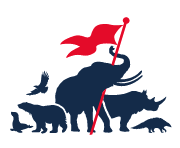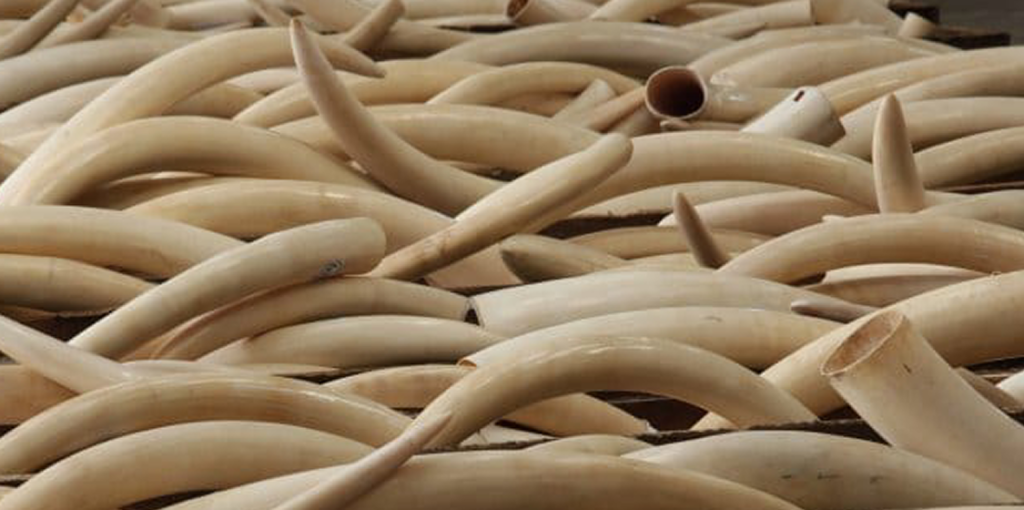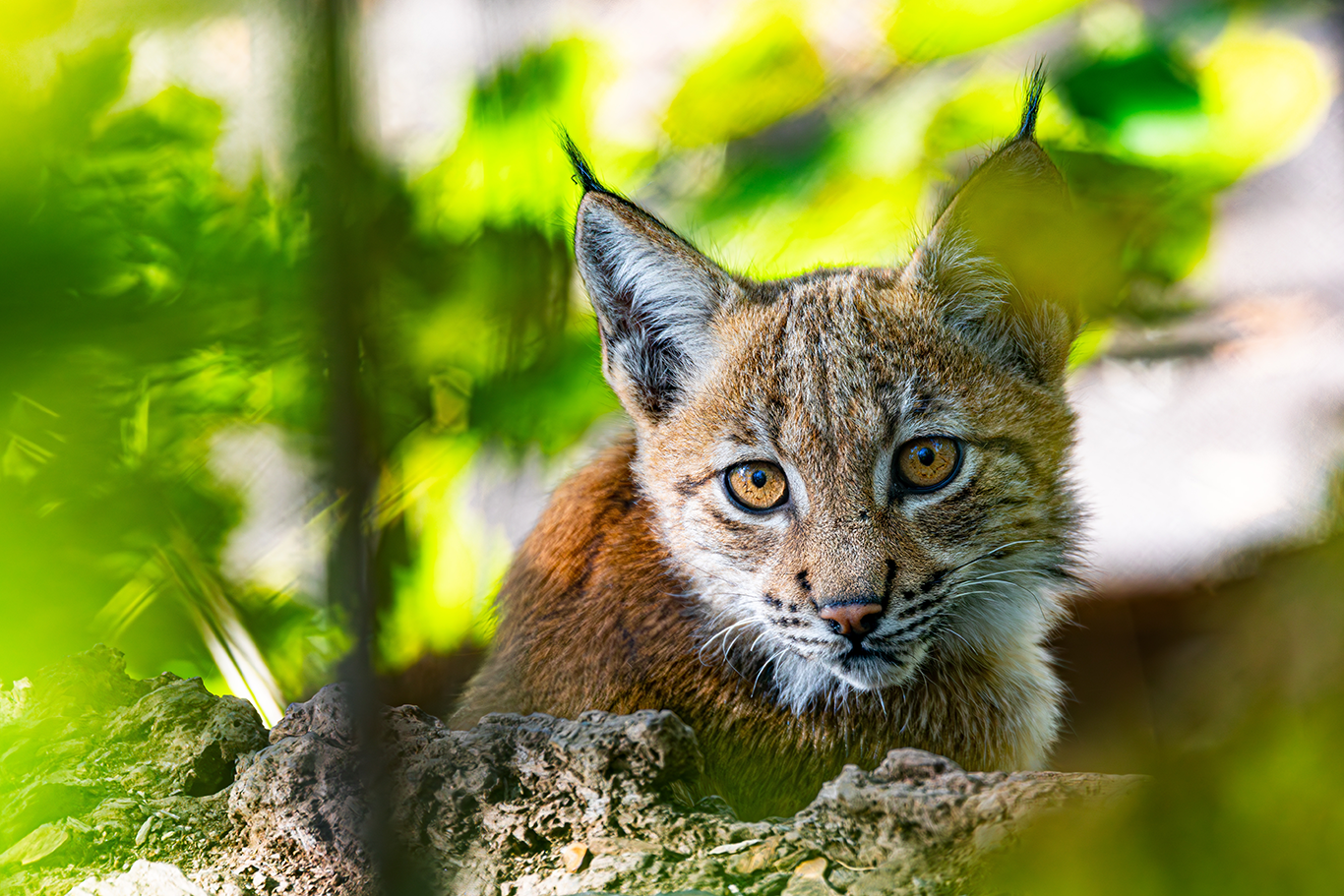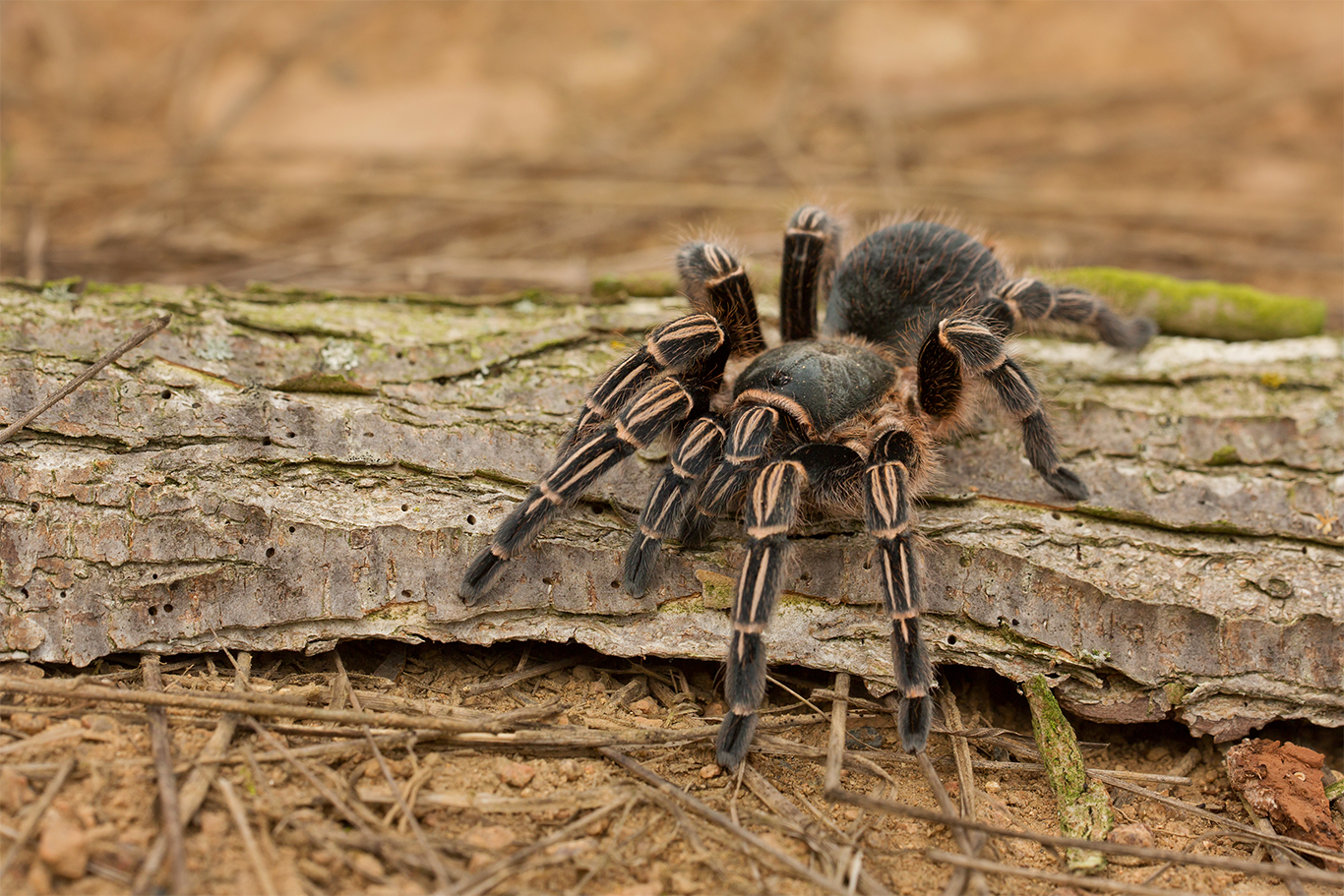The role of Viet Nam as a primary and fast-growing hub for ivory trafficking and the illegal wildlife trade has been exposed by an undercover investigation conducted by the Environmental Investigation Agency (EIA).
In its new report, Exposing the Hydra: The growing role of Vietnamese syndicates in ivory trafficking, the EIA suggests that Vietnamese criminal syndicates are becoming increasingly prolific and – in contrast to China, which closed its domestic legal ivory market in January and has prioritised enforcement against ivory trafficking – the Government of Viet Nam has not demonstrated a serious commitment to tackling wildlife trafficking.
EIA investigators infiltrated several ivory trafficking syndicates and gained the confidence of key players in an effort to construct a clear picture of how they are structured, how they co-operate with one another and how they traffic products from endangered species such as elephants, rhinos and pangolins.
They demonstrated that at least 22 successful shipments of ivory from Africa, potentially worth USD 14-million (€12-million), took place between January 2016 and November 2017. These were facilitated by bribery and corruption at the highest levels.
The EIA’s database of ivory seizures reveals that since 2009, 56 tonnes of ivory have been seized in Viet Nam and a further 20 tonnes linked to Viet Nam have been seized in other countries. While the seizures likely represent a small fraction of the actual volume trafficked, they represent as many as 11,414 dead elephants.
The EIA investigation revealed several major criminal syndicates operating in Mozambique and other African countries which traffic wildlife into and through Vietnam. They are loosely structured with distinct and hierarchical roles, but with flexibility to co-operate or switch affiliation.
Watch: Enforcement failure and widespread corruption enables Vietnamese organised criminal syndicates to operate with impunity across Africa, particularly in Mozambique:
Key findings:
- Mozambique is a major source of ivory. Other possible source countries include South Africa, Tanzania, Zimbabwe, Angola, Malawi and Nigeria.
- Ivory is shipped out of Africa to Viet Nam via Mozambican ports, with Pemba, Nacala and Beira as prominent ports of export.
- Most syndicates avoid the direct shipment of ivory from Mozambique to Viet Nam and use transhipment locations to obscure the origin of the shipments. Malaysia is a key transhipment country.
- The EIA has also found that ivory may transit through Cambodia before transportation overland into Vietnam.
- China and Vietnam are key destinations for illicit ivory.
- Once in Viet Nam, illicit ivory is processed, stored and/or sold across the country. Onward transportation into China can also take place by road through different borders in northern Viet Nam.





